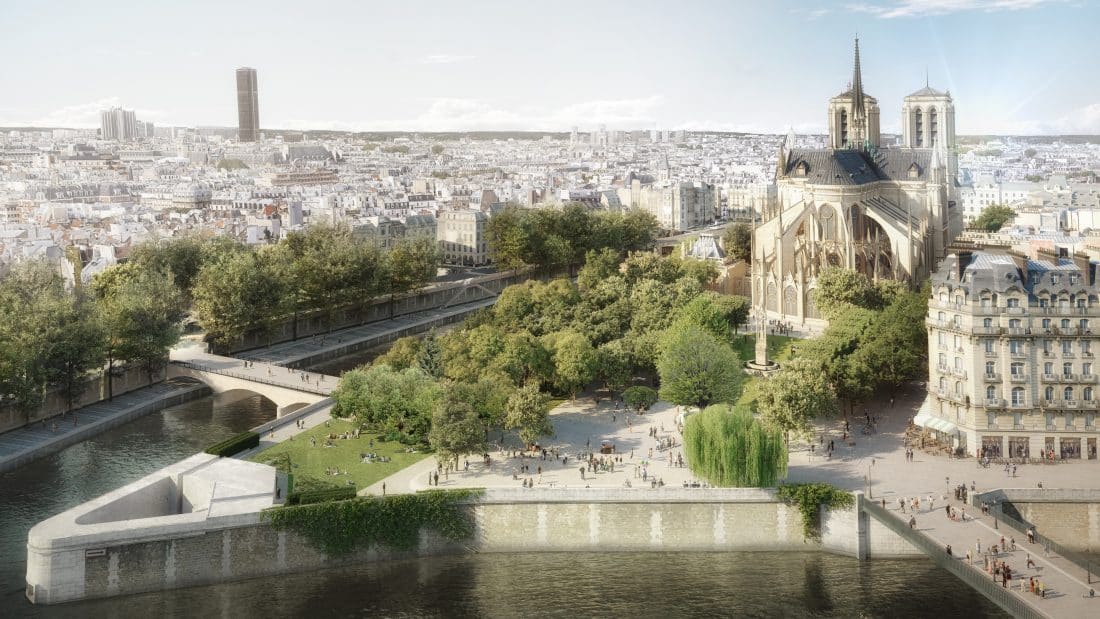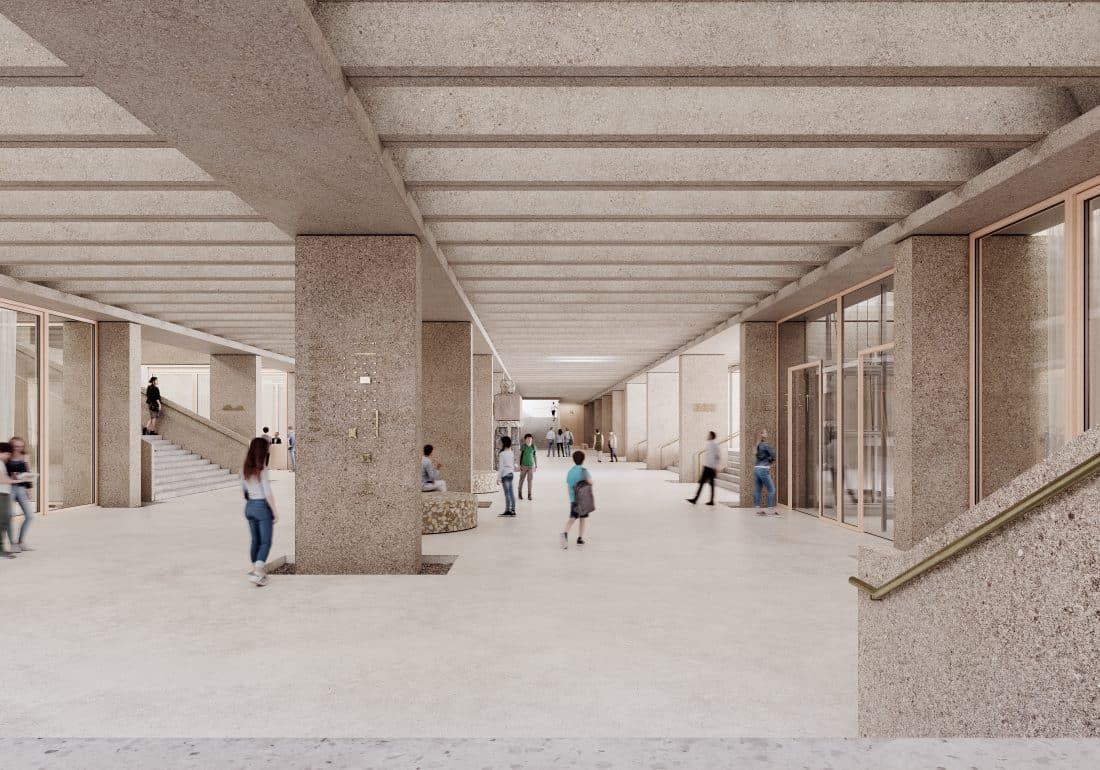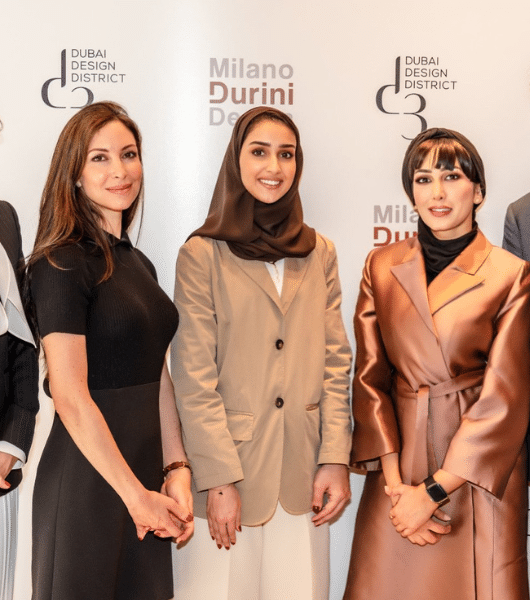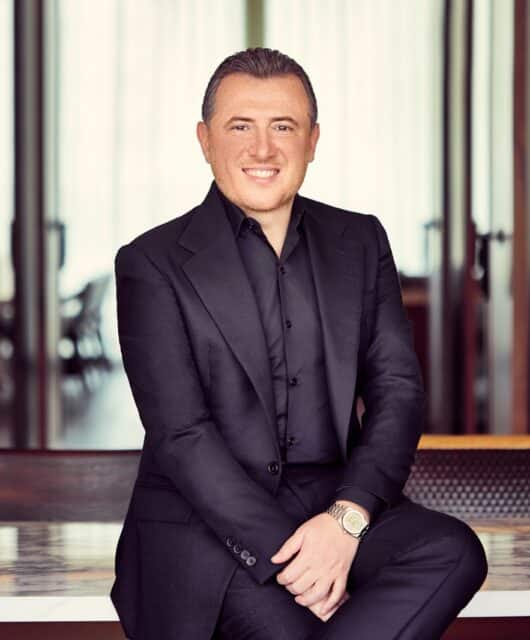New design of Notre-Dame de Paris surroundings unveiled for the first time, supported by Autodesk
 Last year, in parallel with the restoration of Notre-Dame de Paris Cathedral, the City of Paris, supported by Autodesk, launched a design competition to reimagine the urban landscape surrounding the Cathedral. Four international multidisciplinary teams, led by architects, urban planners, and landscape architects, were invited to submit their design proposals. The project site included the forecourt of the Cathedral, its underground spaces and areas over the banks of the Seine River.
Last year, in parallel with the restoration of Notre-Dame de Paris Cathedral, the City of Paris, supported by Autodesk, launched a design competition to reimagine the urban landscape surrounding the Cathedral. Four international multidisciplinary teams, led by architects, urban planners, and landscape architects, were invited to submit their design proposals. The project site included the forecourt of the Cathedral, its underground spaces and areas over the banks of the Seine River.
Recently, the City of Paris announced that the team led by Bureau Bas Smets was chosen by the jury as the winner of this international competition. The announcement was made by the Mayor of Paris, Anne Hidalgo along with Emmanuel Grégoire, first deputy mayor of Paris.
Digital technologies are at the heart of the preservation and enhancement of French heritage
Autodesk, the technology partner of the competition, supported the City of Paris by providing technological expertise throughout the competition. Autodesk’s Building Information Modelling (BIM) solutions were used to create a 3D model of the existing area surrounding the Notre-Dame cathedral that competing teams used to understand the constraints of the site.
Autodesk worked closely with the four competing teams to help them create photorealistic visualizations of their design proposals. The digital documents associated with the competition, as well as the models produced, were also available to be used between the four teams, the City of Paris and Autodesk to collaborate in real time on the Autodesk Construction Cloud platform. This style of collaboration was see previously in the region as engineers and construction experts used the Autodesk 4D sequencing in BIM (Building Information Modeling), as well as the design process taking place on Autodesk Revit, to create one of the world’s most beautiful and difficult to construct buildings, the Museum of the Future.
The automation through each software allowed for immersive visualisations, with collaborators able to do virtual walkthroughs of the museum to check each element. Any potential issues were able to be detected for the complex facade, especially as the 3D calligraphy windows required to be aligned correctly with the museum’s unique form.
Similarly, by visualising the project in 3D, the City of Paris foresees a reduction in errors and greater clarity and collaboration with the winning team. All designs will be available for public viewing, helping to illustrate to Parisians the future development of the surroundings of Notre-Dame.
 “The 3D visualisation of the candidates’ projects, using Autodesk technologies, enabled the jury to immerse themselves in the proposals for the redevelopment of this historic district of Paris, and choose the best design. We hope millions of visitors will enjoy this exceptional site once construction is completed” said Emmanuel Grégoire, first deputy mayor of Paris.
“The 3D visualisation of the candidates’ projects, using Autodesk technologies, enabled the jury to immerse themselves in the proposals for the redevelopment of this historic district of Paris, and choose the best design. We hope millions of visitors will enjoy this exceptional site once construction is completed” said Emmanuel Grégoire, first deputy mayor of Paris.
Speaking on their winning design Charlotte Fagart, landscape architect at Bureau Bas Smets said: “The project rethinks the emblematic public spaces around Notre Dame as an assemblage of climatic atmospheres. The various working sessions with the Autodesk team helped to confirm the project hypothesis initially tested in the plan and model. In addition, the model facilitated the jury’s understanding of the project by immersing them in different places and areas of the project.”
“Through this new project, Paris is reaffirming its commitment to digital transformation and is now positioning itself as one of the first “cities of the future” by placing digital technology at the heart of its strategy to accelerate urban modernisation,” says Nicolas Mangon, VP AEC (Architecture, Engineering, Construction) Industry Strategy at Autodesk. “Autodesk is proud to once again partner with the City of Paris on their digital journey. During this competition to reimagine the surroundings of Notre-Dame cathedral, the use of an intelligent 3D model, immersive 3D visualisation tools and the implementation of collaborative methodologies have considerably accelerated the jury’s decision-making process. These tools will also allow Parisians and tourists alike to feel, experience and appreciate the richness of the history and heritage of Notre-Dame de Paris and its surroundings before the project’s completion.”







